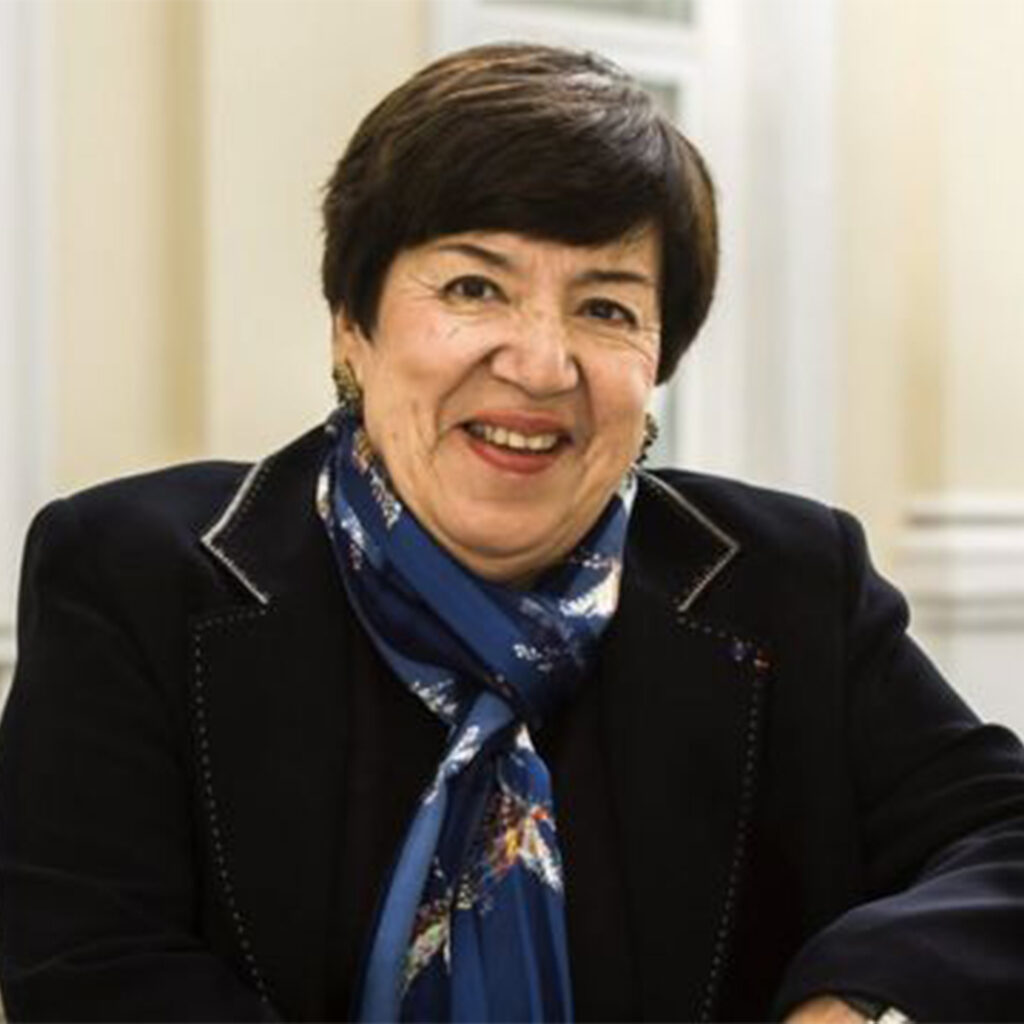
Happy Women’s Month to all the incredible women out there! This month we celebrate the incredible contributions that women have made to the world of innovation. Some of history’s greatest inventions have been brought about by women, from windshield wipers to chocolate chip cookies.
At Job Duck, we have employees from Argentina, Colombia, El Salvador, Honduras, Mexico, and South Africa. Let us take a moment to appreciate the brilliant minds of women from these countries behind game-changing inventions.
Let’s start in Argentina.

Meet Cecilia Grierson. She was born in Buenos Aires in 1859 and was the first woman to earn a medical degree in Argentina in 1889.
Photo with Public Domain
In addition to her work as a doctor, Grierson was also an inventor. She developed the “Grierson Needle,” a surgical instrument still in use today for eye surgeries. Grierson was also interested in aviation and designed a prototype for a flying machine, although she could not build it.
Despite the harassment and sexism she endured as a medical student, Grierson became a pioneer for women in medicine and science in Argentina. Her experiences led her to become an advocate of women’s rights and a prominent freethinker. Her contributions to ophthalmology and surgical instruments continue to have a lasting impact.
Colombia:
From the gateway to South America, we meet Nubia Muñoz. She was born in Cali in 1944 and was a medical researcher who made significant contributions to the field of cancer epidemiology.
Copyright Disclaimer under Section 107 of the copyright act 1976

Muñoz’s most notable invention was the HPV (human papillomavirus) vaccine, which she helped develop and test during her research. The HPV vaccine continues to save lives because of its effectiveness in preventing cervical cancer.
The medical science community recognized Muñoz for her groundbreaking work in cancer research. She received numerous awards throughout her career, most notably the Global Health Award. She received this award in 2009. Nubia is one of the few women to receive this accolade.
El Salvador:

From the land of volcanoes comes Dr. María Isabel Rodríguez. She is a medical doctor and cancer researcher from El Salvador who has dedicated her career to improving cancer treatment for Latin Americans.
Photo with Public Domain
She may not be an inventor per se, but she is a prominent female leader in the field of oncology; she has also been an advocate for equity and women’s rights. Rodríguez is known for her work in immunotherapy, a cutting-edge approach to treating cancer by using the body’s own immune system to target cancer cells. She has conducted groundbreaking research on immunotherapeutic strategies to fight cancer and has been involved in clinical trials to develop new cancer treatments.
The Global STEM Alliance recognized Rodríguez as one of the ‘100 Women Leaders in STEM’ in 2019 in recognition of her leadership and contributions to science and medicine.
Honduras:
From the heart of Central America comes Dr. Maria Alena Bottazzi. Her research focuses on developing vaccines and treatments for neglected tropical diseases, such as Chagas disease, leishmaniasis, and schistosomiasis. She has worked extensively in Latin America, Africa, and Asia, collaborating with local researchers and healthcare providers to improve the diagnosis, treatment, and prevention of these diseases.
One of her most notable contributions to medicine is her invention of the first patent-free COVID-19 vaccine, the Corbevax. This breakthrough earned her a nomination for a Nobel Peace Prize in 2022!

Mexico:

In México, we meet María Elena Álvarez-Buylla Roces, who is a renowned biologist and geneticist. A significant part of her accomplishments is the creation of mathematical models to aid in the regeneration of forests and to predict the effects of plant harvest and species extinction on forests.
Licensed under the terms of the cc-by-2.0.
Conservationists and forest managers worldwide use Álvarez-Buylla’s models in conservation and forest management. Through her research, she discovered over 20 new scientific species! Furthermore, she has monitored the biosecurity of crops that are important to Mexican communities.
South Africa:
Lastly, from the Rainbow Nation comes Thato Kgathlanye. She had a big dream, and that was to help children in a big way. When she was in school, she had to study by candlelight. Studying by candlelight during her school days inspired her to invent the solar-powered backpack.
The backpacks have solar panels attached to them, which charge during the day and provide light at night. This enables children to study and do homework after dark. Additionally, the backpacks contain reflective materials to increase visibility for children when walking to and from school, which is particularly important in rural areas. Not only does this invention help children to continue learning after school, but it also creates jobs for the women Thato employs in her factory.
Her ability to dream big has earned her an Elle magazine impact award on 6 continents. She is the youngest woman to appear on the cover of Forbes Women Africa after receiving the “Innovator of the Year” award from the same establishment.
Copyright Disclaimer under Section 107 of the copyright act 1976

What do all these women have in common? They dared to dream big in the most incredible ways. Their contributions helped to improve the quality of the lives of the people they touched and left a significant mark on this world.
Against all odds, they came out on top, and now we celebrate them and countless others every March. As women continue to defy varying odds, we should celebrate their triumphs and contributions every day, no matter how big or small.
What notable women do you know from your country? Let us know more about them in the comments. Furthermore, if you are looking to conquer a new challenge in the world of remote working, let Job Duck be a part of your story by clicking here. Happy Women’s Month!



